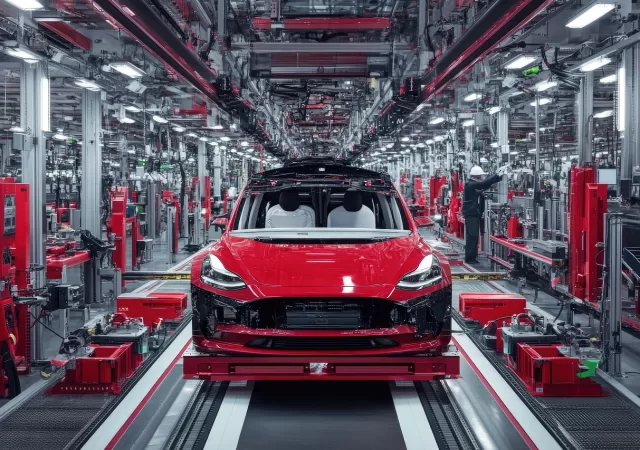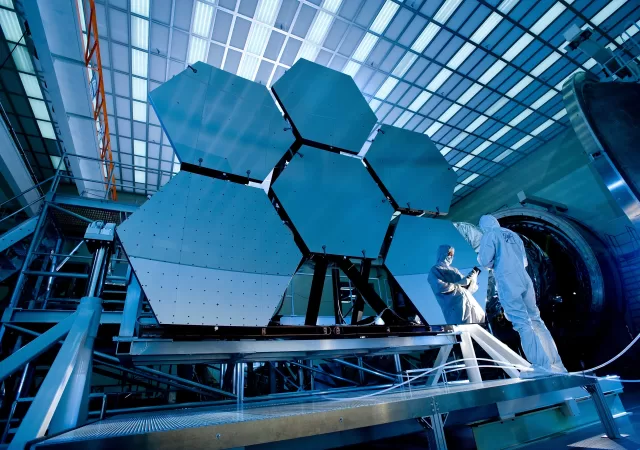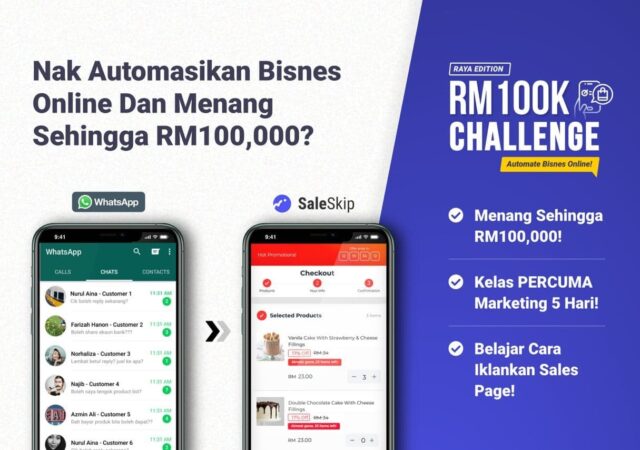Digitization and AI deployment in the manufacturing space doesn’t need to revolutionary, it can be evolutionary according to Red Hat’s Kelly Switt.
Navigating the Transformation Paths in the Architecture, Engineering, and Construction (AEC) Industry
Intuitive design software and earth-friendly material are part of the AEC industry evolution. Keeping up with the times with architecture key.
Adopting New (Virtual and Augmented) Realities for Manufacturing
Augmented & virtual reality is changing the game of the manufacturing industry. AR/VR allows efficiency, enhanced employee training & cost cuts. Contributor Varinderjit Singh from Lenovo Malaysia explains the use of AR/VR in manufacturing.
What Might the Next Decade Bring for Computing?
New technologies can take many forms. Often, they come from generally straightforward, incremental product advances over the course of years; think the Complementary Metal-Oxide-Semiconductor (CMOS) process shrinks that underpinned many of the advances in computing over the past decades. Not…
[VMware Explore 2023] VMware Brings Data-Driven AI Automation to the Workspace Experience
VMware helps you navigate the complexities of hybrid work with Anywhere Workspace. Integrate with AI and capitalize on data, intelligence and automation to elevate employee and IT experience.
Edge Automation: Seven Industry Use Cases & Examples
With edge computing becoming more mainstream, numerous use cases and challenges have emerged. Red Hat shares some of the most pertinent.
Automating & Optimising for Better Administration of Healthcare Benefits
Healthcare benefits can be a tricky balancing act for companies, however, with the correct automation tools, they are able to better handle and optimise processes.
FunnelEvo Pushes Business Automation with MYR100,000 Grant
FunnelEvo Sdn Bhd is trying to incentivize automation for small businesses by creating a new challenge for them to pursue automation. The company is encouraging small and medium businesses to implement SaleSkip, a business management platform which allows entrepreneurs to…
Beyond the Now: Thrive in 2021 with These Five Trends
Red Hat weighs in on the emerging trends that will define the technology landscape and help organizations thrive in 2021.











